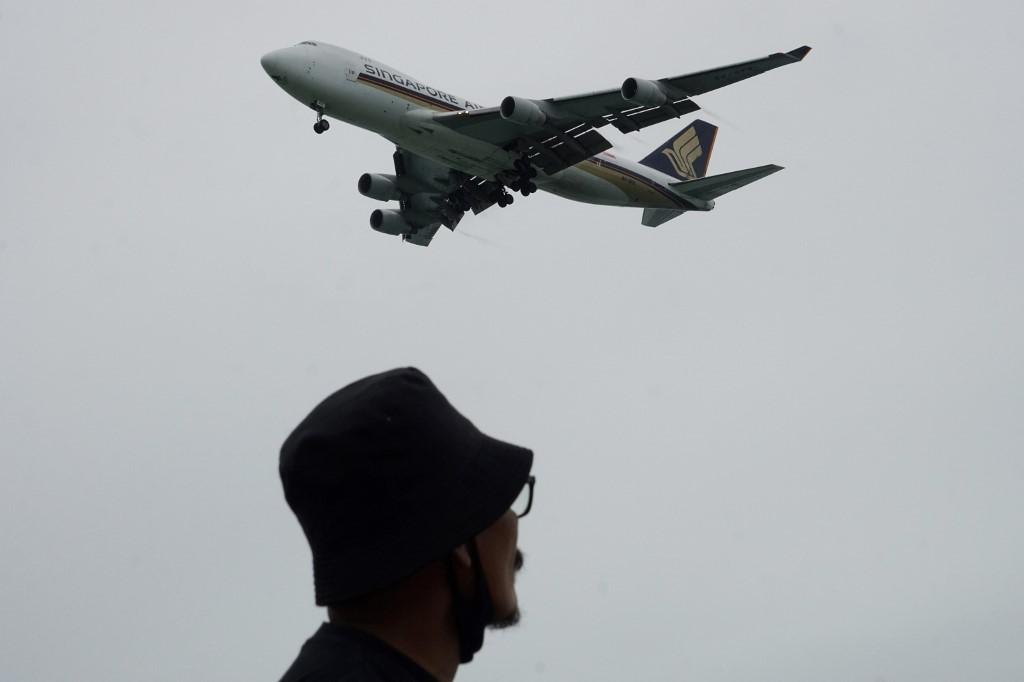Singapore Airlines passenger planes depart Aussie desert storage headed back home
In a good sign for international travel resuming, SIA, without a domestic network, is readying its passenger aircraft.
Just In
Singapore Airlines (SIA) has begun moving some of its aircraft out of storage and returning them to Singapore, where they are undergoing maintenance and refitting.
So far, two giant A380s and all six Boeing 737-8 MAX planes stored at the Asia Pacific Aircraft Storage (Apas) facility near Alice Springs, right in the centre of the Australian desert, have taken to the skies once more, blasting clouds of red dust in their wake.
SIA has not yet set a timeline for returning the planes to service.
“Since the onset of the pandemic we’ve continued to remain nimble and flexible with aircraft deployment and monitor global demand closely,” a spokesman said. “We currently do not have any plans to return these aircraft to service in the near term.”
SIA posted a US$410 million first-quarter loss last week and forecast passenger capacity to reach 33% of pre-pandemic levels in the second quarter. It aims to resume flights to at least 50% of its previous destinations by September.
Passenger numbers in June improved on 2020’s figures for the same month, but remained 96% below the same time in 2019, Reuters reported.
Many airlines have moved their huge commercial jetliners into storage at Apas due to the downturn in air travel caused by the pandemic. So many, in fact, that last year it found itself running out of space.
Capacity at the site, which has also been storing planes for Cathay Pacific, Fiji Airways and Philippines carrier Cebu Pacific, has been expanded, but Apas has also opened a second facility at Wellcamp in Queensland to cope with demand.
Aircraft storage facilities, sometimes called “boneyards” due to airlines sending retired planes to them to be dismantled for scrap, are often located in deserts. The dry, arid climate means the aircraft can be preserved in excellent condition before returning to service or being recycled.
The world’s first A380 superjumbo, whose maiden flight took off in 2007, was decommissioned by Singapore Airlines in 2018 and sent to a storage facility near Toulouse, France. It was broken up late last year for parts, with sections of its fuselage turned into luggage tags.
The Apas facilities are not considered boneyards at this stage, since the airlines using them intend to return their aircraft to service at some stage.
Australian carrier Qantas is storing its own grounded planes at a facility in the Mojave Desert in California. The airline has engineers permanently based at Los Angeles International Airport, a relatively short drive away, which makes Mojave a more convenient location than Alice Springs, according to the airline.
However, Qantas did recently reveal one challenge of the US location was rattlesnakes, which have a tendency to sleep inside the landing gear.
Subscribe to our newsletter
To be updated with all the latest news and analyses daily.
Most Read
No articles found.
